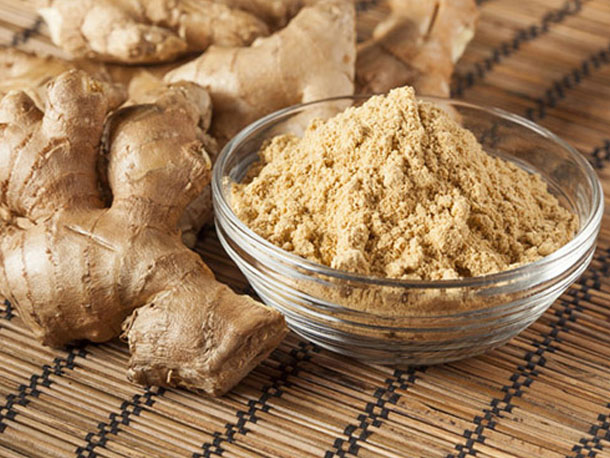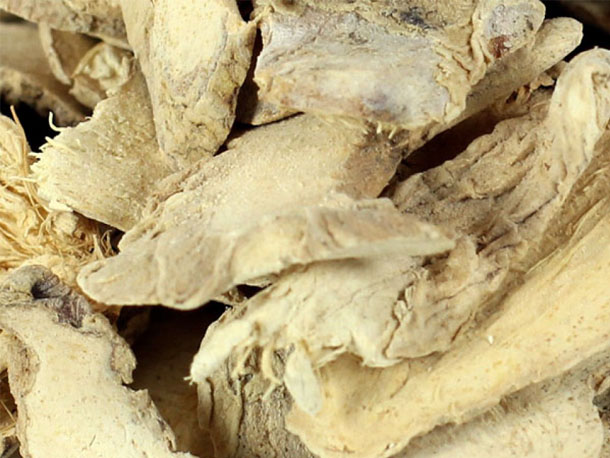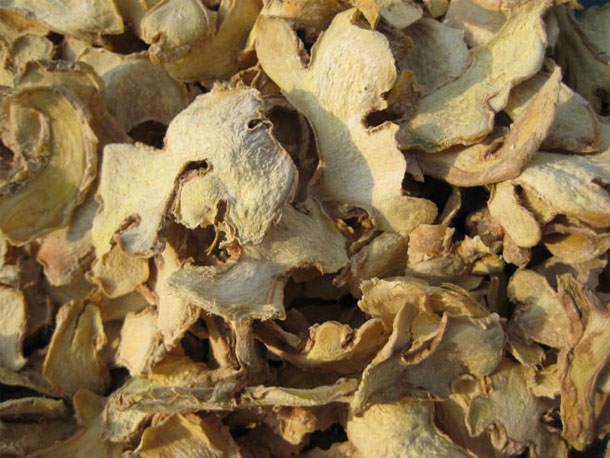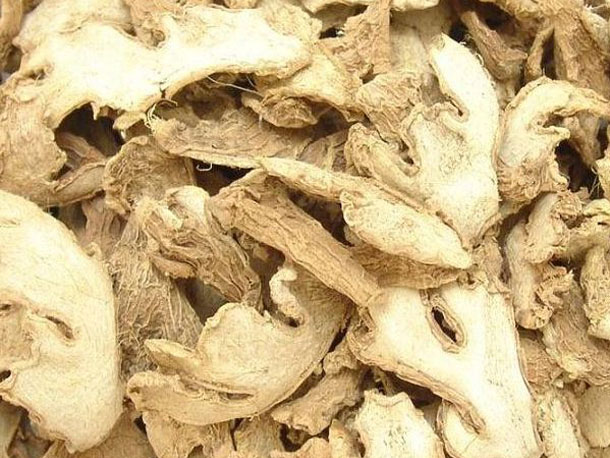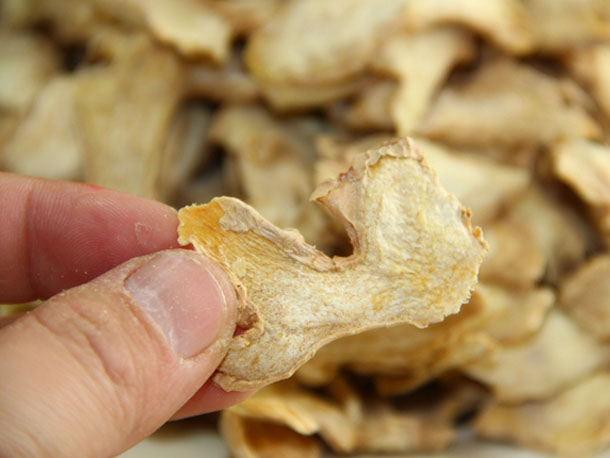China and Thailand warn of reduced dried ginger output
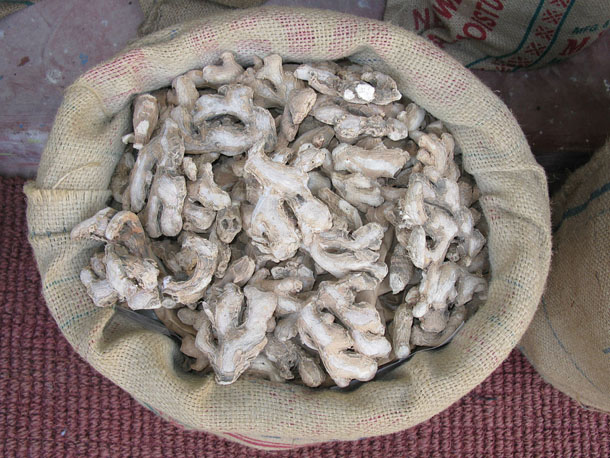
Initial expectations are for a smaller ginger crop from south China at the end of this year, meaning reduced volumes in the dried ginger market in 2014.
It seems that this view has already spurred some extra demand from China for Thai ginger, prompting increases in dried ginger prices from this Asian origin also. Moreover, Thailand is also anticipating a lower crop.
Orient Resources Company of Hong Kong deals in Chinese ginger from the south regions of Yunnan, Guangxi and Guizhou. The crop from Shandong should arrive later this month, but Orient Resources revealed that it was not involved that much in this particular variety of ginger.
On September 27, the company reported: “The dried ginger market has been mildly strong throughout 2013 – we have seen a total increase of 20% spread out over the last six months or so. Presently, there is good demand in China for ginger due to the approaching winter and related demand from northeast China.”
Moreover, Orient Resources noted that the new crop from south China in December was said to be smaller. “New crop prices are widely expected to be higher,” it warned.
Dried ginger from this crop normally starts to become available from February and March.
Quality issues
One UK trader said that over the last six months he had often struggled to source Chinese dried ginger that was within the sulphur dioxide limit of 50 parts per million demanded by UK food manufacturers.
Dutch-based QFN Trading & Agency, which represents Chinwong Food of Thailand, said in a market report that strong demand from the fresh ginger market in the country was in turn pushing up prices on the dried material. This offtake included buying by China.
In addition, the new Thai crop was smaller and Chinwong Food was indicating that it had covered only 50% of its annual needs so far.
Thailand is expected to complete its collections of new crop fresh ginger by October 11-16, so QFN is hoping that Chinwong Food will have reached 70-75% of its requirements by then.
Richard van Helden of QFN Trading & Agency told that this could signal that the Thai crop was some 20-25% lower than normal.
QFN advised buyers to cover their needs urgently as prices would increase further from October onwards. Exports of the new crop dried ginger should get under way from November or December.
Thai dried ginger is also popular in China where some end users favour it over the Chinese product for its “softer” flavour profile. “So you see especially when the crop in China is a little bit less there is a lot of new demand for the Thai new ginger crop and that seems to be the case this year again. That is why we foresee that prices for the Thai ginger will go up quickly,” van Helden said.
Shift in prices
He recalled that historically, Chinese dried ginger had been much cheaper than that from Thailand, but in the last couple of years this was no longer the case, due to increased demand for fresh ginger in the Chinese market. “Last year, prices for dehydrated ginger were higher even in China than Thailand,” he said.
Van Helden said Thai whole dried ginger could be purchased in a range of USD3.45-3.50 per kilo c&f main European ports.
Meanwhile, French trader Sivanil was cautiously optimistic that Nigeria would have a good crop from mid-November onwards, mainly as a result of favourable weather. “It has been raining sufficiently during the first part of the year and it seems that the coming season is about to be dry enough to allow good drying conditions, which is a key to good quality,” the company stated.
Sivanil explained that it had recently visited its local entity in Nigeria, Touton Nigeria, and a few of its local suppliers.
Robert Brandler of Tillbrook Products said that based on weather so far, it was logical to suggest that Nigeria’s forthcoming crop should be normal. However, he cautioned that it was much too early to jump to any firm conclusions on this and anything said about the crop at this stage could easily end up being contradicted by subsequent weather events or other developments.
Blair Coutts of UK trader Blair Impex said he could acquire Nigerian split dried ginger that complied with EU quality requirements at USD2,000 a tonne fot Holland. He noted that prices had eased of late on slack demand.
Sivanil predicted a firm ginger market ahead based on anticipated lower crops in India and China, ongoing prices of more than USD3,000 per tonne from these two origins and dwindling stocks from this year’s crops.
The company also felt that demand was increasing on export and internal markets, including within India itself.

